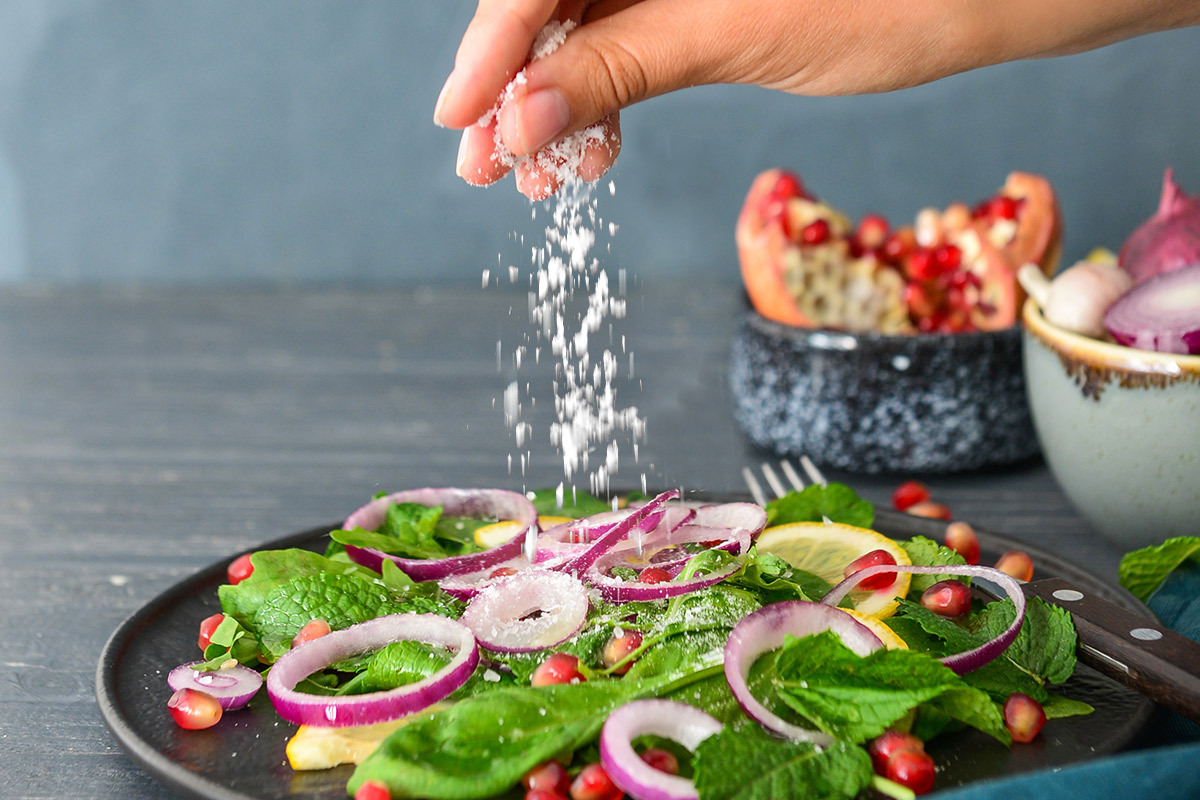Background
From the earliest times, we have sought out salt – firstly to survive and secondly to make our food more palatable. And for thousands of years we have also used salt as a safe way to preserve our food.
Today salt continues to be an essential part of the manufacturing process of many favourite foods such as bread, cheese, sausages, certain meat and fish products, pickles amongst many others.
Salt is Unique
These varied and vital roles salt play in the production and preservation of many foods cannot be replaced by one single substitute. Without salt we would have a largely tasteless and unappealing diet and many of our favourite foods could either not be produced or would be changed irrevocably.
Taste
The most commonly known attribute of salt, however, is its ability to improve the flavour of many foods. ‘Salty’ is one of the four basic types of taste that we use to differentiate food together with sweet, sour and bitter.
Tests have also shown that salt increases the perception of fullness and thickness, gives the impression of a less watery product and even increases the perception of sweetness.

Food Production
Along with its function as a preservative, salt is also vital in the production process of many foods.
Salt is essential in the production of different cheeses, reducing the water content and regulating the activity of starter cultures.
Popular meats such as pastrami and Parma ham are dry cured using salt, which improves their tenderness and contributes to their distinctive flavour.
For sausages and other meat products, salt is used in the production process, increasing the binding properties which in turn affects the consistency of the final product.
In bread production, salt serves to soften up the dough, stops it sticking together and controls the fermentation; this is important in improving the quality and texture of the finished bread.
Food Preservation
Food preservation using salt, more commonly known as “curing”, works by reducing the amount of “free water” – needed by micro-organisms to survive – in the food. The curing salt also slows down the oxidation process and prevents meat from turning rancid as quickly as it otherwise would.

Sodium
There is often confusion between the terms salt and sodium.
The chemical name for salt is Sodium Chloride (NaCl). The actual make-up is 60% chloride and 40% sodium (39.3% to be precise).
This means that 10 grams of salt would contain approximately 4 grams of sodium.
